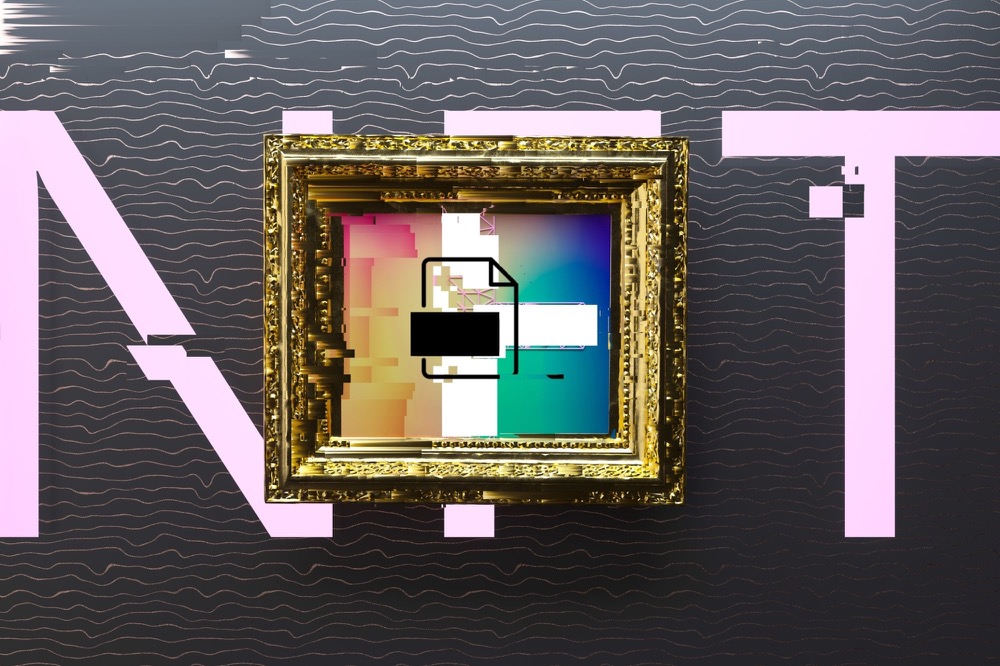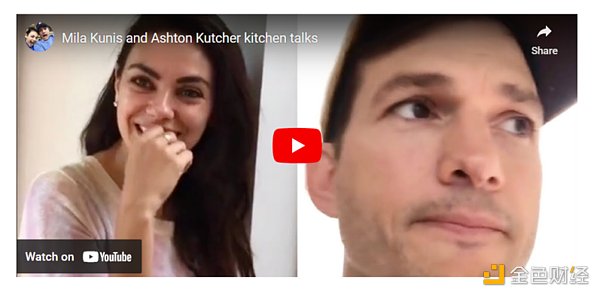Gu Yanxi: The next cross-border financial alliance based on blockchain
Recently, IBM's World Wire, in collaboration with the Stellar System, is based on blockchain technology support, connecting regulated financial institutions in various countries to help them achieve direct cross-border remittances between peers. At present, six international banks have signed cooperation intention contracts. Given the current inefficiency and low cost of cross-border remittances in the market, World Wire is expected to sign more regulated financial institutions to join, which will be the first peer-to-peer remittance transfer between regulated financial institutions in various countries. The internet.
The future digital asset world must be a digital financial network ecosystem (see my article Unified Exchange and Banking Ecology , Digital Financial Network Ecology Structure ). In this network ecology, various assets and interests in the real society will be generated and distributed in this network ecosystem in the form of ST. Digital stable currency will be the value exchange medium in this ecology. World Wire, established by IBM in partnership with the stellar system, is an attempt to lead the ecology of this digital financial network.
World Wire's financial ecosystem is a relatively single system. Technically, the stellar system only supports the circulation of tokens in the network. The token can only represent the simplest financial product in financial products, that is, the currency with only numeric attributes. More complex financial products such as the stock and bill stellar system cannot support it (see my article, The Third Technical Standard for Stabilizing Coins ). In business, World Wire supports conversion payments between different currencies, but does not provide for the circulation of other financial products such as various legal documents and financial instruments in trade finance. In the business model, each financial institution in the network is a node that provides a transfer service that derives revenue from each service provided. In terms of organizational model, financial institutions operate independently, and there are no organizational rules that constrain them to act in unison. Therefore, I think World Wire is an attempt to establish a digital financial network ecosystem that will become a major force in global cross-border transfer payments. But it can't develop into a true digital financial network ecosystem.
After IBM's World Wire, there will be a financial alliance of compliant brokers in various countries. This financial alliance will be supported by the bottom of the blockchain technology to generate and trade ST assets in the network, using stable currency as the trading medium. In terms of organizational form, the alliance will set the rules of the alliance according to the principles of DAO, and will get the corresponding income according to the size of their respective contributions. Such an alliance is not a distant future. Its various components are now emerging in the market (see my article on the road to digital financial networks ). In fact, the following aspects of development are accelerating the arrival of such an alliance.
- BlockFi CEO: Stabilize the market value of the currency or exceed BTC within five years
- The first batch of blockchain information was released: Beijing enterprises have the most, BATJ are listed
- Learn more about the symbiotic relationship between blockchain, 5G and the Internet of Things: how will they subvert the world?
1. Technical aspects
The emergence of ST allows us to map real-world assets and interests to the digital world in the form of ST, and to easily circulate globally. In the current stock market, the company's related interests are represented electronically in the form of stocks and traded in a centralized stock exchange. ST has a huge advantage over stocks in terms of the range of assets it can represent and the flow of transactions. Therefore, ST will become the mainstream asset and equity representation (see my article why STO will definitely replace IPO? ).
In order to support the generation and circulation of ST, it is necessary to have a bottom layer of Turing's complete blockchain technology that supports smart contracts. The underlying technology needs to support the generation and circulation of various types of financial products. In this development, there are always startups working hard to develop such a system. Only some companies directly apply them to existing financial markets such as DA and SETL, while others apply them to the trading and clearing of encrypted digital assets such as the Canadian Stock Exchange and the Swiss Stock Exchange. In the current US STO market, there are also trading platforms that use blockchain technology as their underlying technology foundation. Although the technical frameworks adopted by these companies are different and the functions implemented are certainly different, the gradual improvement of such systems is affirmative. In fact, the emergence of every new technology must have experienced such a process. New technologies are not perfect when they first appear, but because they solve the problems that need to be solved in reality, the market will gradually improve their time. Historically, both in relational databases and in Java, their development has been the case.
However, the models currently developed by these exchanges are all operated independently and do not take the form of alliances. This independent mode of operation of the current exchange is being challenged. Non-exchange financial institutions are uniting to establish their own exchanges. The first representative in this regard is the US MEMX.
2, organizational aspects
Some of the mainstream non-exchange financial institutions in the United States, because they are dissatisfied with the services provided by the three monopolistic exchanges, are uniting to form their own exchange, MEMX, which is a member-owned exchange. MEMX is applying to US regulatory agencies. These financial institutions are fully capable of establishing their own exchanges because they have their own user base. Most importantly, these financial institutions are groups with the same qualities and pursuits. They all have their own resources, including customers, all of which provide trading services to their clients, all facing the common enemy of monopolistic exchanges. Therefore, these financial institutions are groups of the same type, evenly matched, with the same appeals and facing common risks. Therefore, they have the foundation to unite and work together for collective interests (see my article on the organizational principles of DAO from Vikings ). Since this exchange is a membership, its income model is definitely based on the corresponding membership rules. On the basis of guaranteeing basic interests, whoever contributes more will get more benefits. This kind of fair organization will therefore attract more financial institutions to join.
MEMX is a member-type company established by brokers in a regulated traditional financial sector within the scope of a country in the United States. Its system is based on the relevant laws of the United States, and its operation and distribution of interests will be managed in accordance with the rules of the company. The emergence of blockchain technology not only brings a new computing model, but also derives a business model of organizational cooperation and win-win above this distributed computing model. Blockchain technology guarantees the automatic execution of rules in this organization. Because the rules are clear and blockchain technology guarantees the implementation of these rules, it can attract the participation of similar organizations in various countries.
By the same token, the MEMX model can also be extended on the basis of blockchain technology, and its members can accept brokers in other countries, rather than only restricting financial institutions operating in the United States. However, in this business field of traditional finance, because the regulatory systems of different countries are different, the business environment is different, and the business behavior is different, such alliances supported by blockchain are impossible. This alliance's implementation channel must be in the emerging field of encrypting digital assets. Since this area is new, it is in very early stages, including regulatory and related service organizations. Therefore, in this field, practitioners have a lot of room for innovation in new technologies and new organizational models.
3. Encrypt the international nature of the digital asset industry
The encrypted digital asset business was international from the start. The birth and development of Bitcoin and Ethereum was international from the beginning and was not restricted by national borders. Participants also cooperated internationally from the beginning. The trading business of encrypting digital currencies is also international from the beginning. Any encrypted digital currency trading platform is available to users worldwide. The financing process based on encrypted digital currency is also international from the beginning. Users in any corner of the world can participate in the fundraising process as long as they hold the encrypted digital currency. Therefore, the nature of the business of encrypted digital assets has been international since the initial ten years. In the current ST stage, international features continue to be maintained. In terms of ST's distribution platform, Polymath's distribution platform is directly built on Ethereum, and any user in the world can develop the corresponding ST according to the relevant laws of the regulatory area in which it operates. In terms of trading, since the current ST is based on the ERC20 standard, it can be traded on any trading platform that supports the ERC20 standard, including centralized and decentralized trading platforms. These trading platforms are hardly limited by national borders. These above-mentioned industry characteristics will force the regulatory agencies of various countries to cooperate more and develop relevant regulations that are more compatible with each other.
Due to the development of the above aspects, I believe that the next cross-border financial alliance is likely to be developed by countries that provide ST-investment services to jointly support brokers by jointly supporting an ST exchange. This alliance must be organized in accordance with the principles of DAO in support of a blockchain system that supports Turing's complete smart contracts.
If you appreciated the article, welcome to forward, also welcomed the support of the following ways:
Bitcoin: 1LiJFeSDXFqe9U8UzVTj8FZkFn1oabAHtR Ether: 0x9B2D57BB1e3B44b5FD386A956DC28fE4E82f1326
We will continue to update Blocking; if you have any questions or suggestions, please contact us!
Was this article helpful?
93 out of 132 found this helpful
Related articles
- Viewpoint: Trusting the economy and smart assets
- Pan Chao: The clearing system and blockchain network behind JP Morgan Chase
- From the Internet deposit, look at the blockchain solution
- In the face of the flood season, eight industries screamed for a short period of time to reveal the market prospects
- Exclusive 丨 Alipay launched the world's first flying blockchain phone on April Fool's Day!
- The public chain everiToken brings together four major projects to explore the blockchain investment and development
- The "Millionaire" problem raised by Yao Zhizhi has been cracked. What kind of ghost is the multi-party safe computing MPC?






